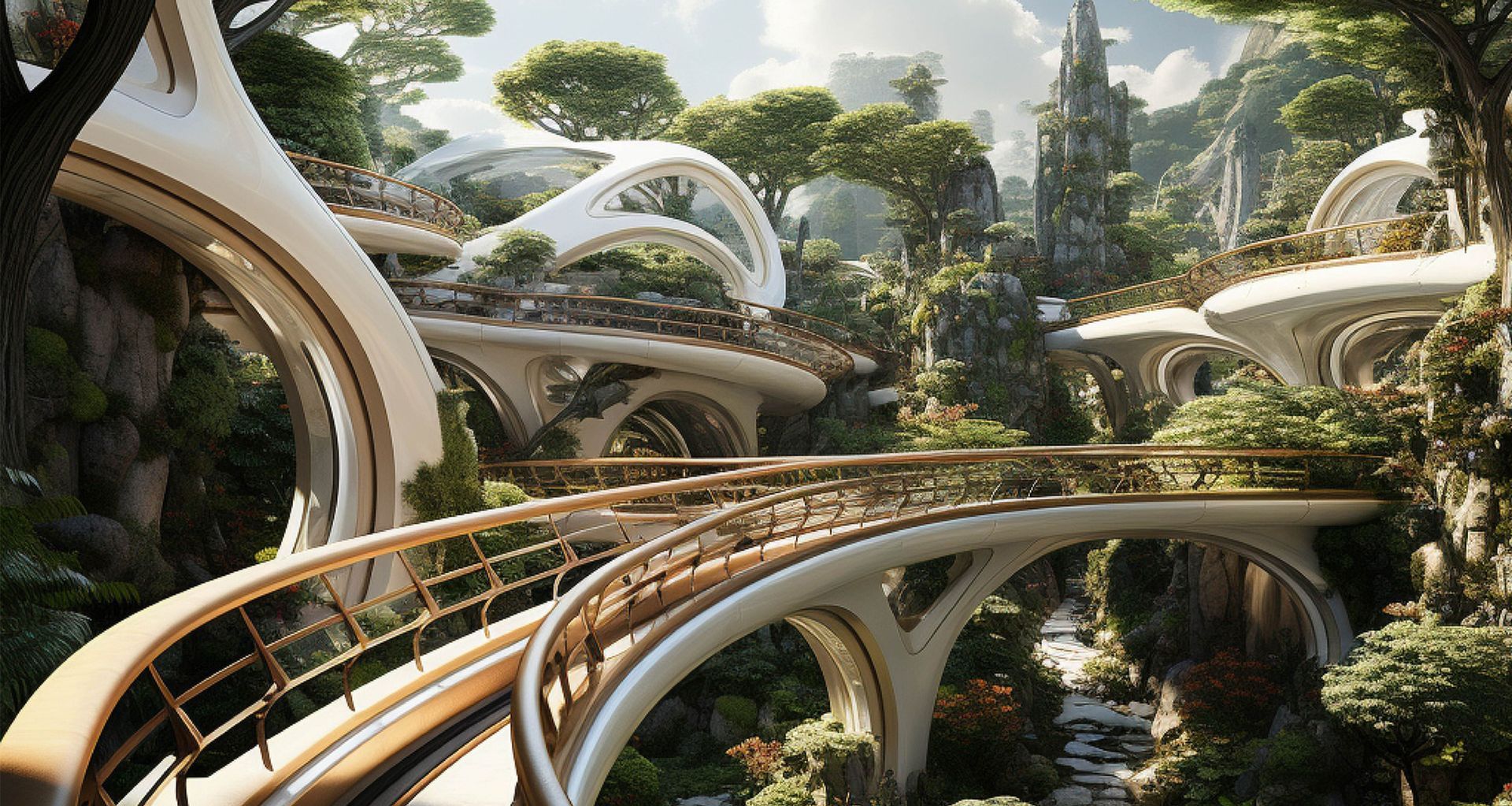The Importance of Biophilic Design

Biophilic design is an approach that integrates natural materials, patterns, and forms into the built environment in order to enhance human well-being and promote a sense of connection with nature. Humans share an innate bond with the natural world, which is reflected in biophilic design, evoking positive psychological, physiological, and cognitive responses. Studies show that biophilic design has significant health benefits, such as reducing stress, improving cognitive function and productivity, and enhancing perceived quality of the built environment.
Biophilic design principles aim to replicate the positive effects of nature in architecture and can be achieved in several ways. There are three pillars of biophilic design which provide a comprehensive framework for incorporating nature into the built environment. The three pillars offer a flexible approach that can be adapted to a variety of building types, contexts, and styles, making it a versatile philosophical design approach.
- Nature in the Space: the presence of natural elements, such as plants, water, and sunlight
- Nature of the Space: designing spaces to mimic natural environments through the use of organic shapes and materials
- Nature in Mind: promoting an emotional and perceptual affiliation with nature, such as through the use of artwork, depicting natural scenes, or by granting access to outdoor spaces
Humans share an innate bond with the natural world, which is reflected in biophilic design, evoking positive psychological, physiological, and cognitive responses.
Studies have revealed that exposure to natural elements and nature can positively influence one’s well-being in a multitude of ways. For instance, exposure to natural light can enhance sleep and mood, whilst views of natural environments can reduce stress levels and improve cognitive performance. The presence of plants in indoor spaces has been associated with benefits such as enhanced air quality, reduced anxiety and stress levels, and improved productivity. The calming quality of water in a space can be experienced through the peaceful sound of flowing water, the mesmerising visual movement and reflections on its surface, and the collective sense of balance and harmony it provides, creating a complete sensory experience.
Biophilic design offers a promising solution for enhancing the sustainability of architecture and the human experience within it. As a growing body of research shows, incorporating natural elements into the built environment supports physical, emotional, and cognitive well-being, whilst fostering a stronger connection to nature. By prioritising biophilic design methodologies, architects have the capacity to design spaces that are more sustainable, productive, and conducive to human health and well-being, suitable for both living and working environments.
